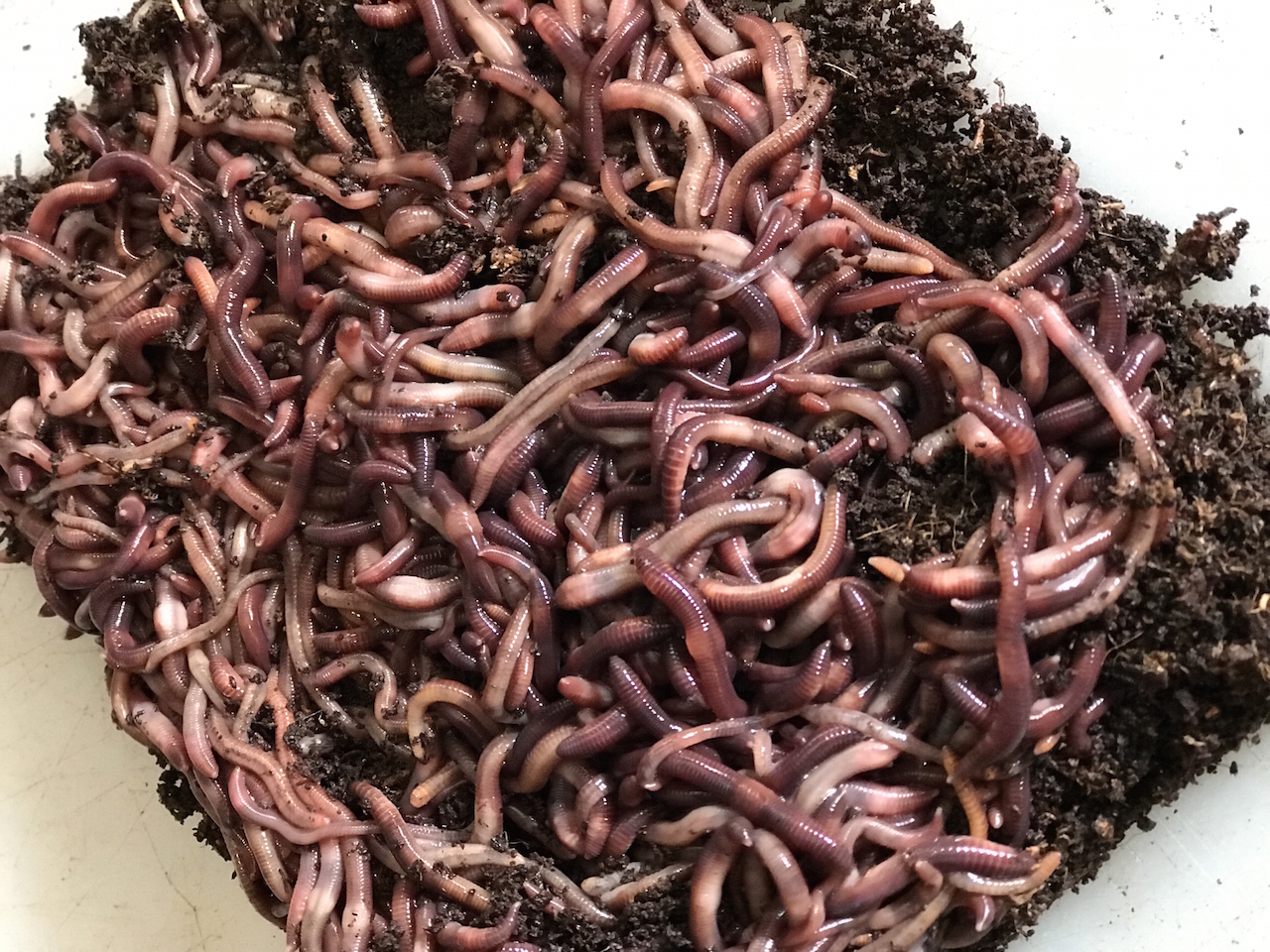Why Lake Hickory Bait Is the Best Choice for Local Angling Needs
Why Lake Hickory Bait Is the Best Choice for Local Angling Needs
Blog Article
Open the Keys of Red Wigglers: Your Overview to Composting Success
The integration of red wigglers right into composting techniques offers a considerable opportunity for boosting soil health and advertising sustainability. Comprehending their requirements and behaviors is crucial for maximizing their capacity, from establishing up an ideal worm bin to feeding them the right products.

What Are Red Wigglers?
(Red Wiggler Express)Red wigglers, clinically called Eisenia fetida, are a types of earthworm primarily made use of in composting due to their impressive capability to decompose natural matter effectively. These worms are characterized by their reddish-brown pigmentation and a segmented body, commonly determining in between 3 to 4 inches in length. Unlike various other earthworm species, red wigglers prosper in rich, natural environments, making them suitable for vermicomposting systems.
Native to The United States And copyright, they are frequently located in decaying fallen leaves and compost heap, where they play a vital function in nutrient recycling. Their adjustment to living in a wet, aerobic atmosphere allows them to consume huge quantities of natural waste, breaking it down right into nutrient-rich castings that improve dirt health.
Red wigglers recreate swiftly, with a single worm capable of generating numerous cocoons each week, each having numerous hatchlings. Understanding the biology and behavior of red wigglers is vital for optimizing their capacity in composting applications.
Benefits of Utilizing Red Wigglers
Taking advantage of the power of red wigglers in composting uses countless advantages that boost dirt wellness and advertise lasting waste monitoring. These remarkable microorganisms efficiently break down raw material, transforming kitchen scraps and yard waste into nutrient-rich vermicompost. This ended up item is exceptionally helpful for plant growth, as it improves dirt framework, boosts wetness retention, and improves nutrient schedule.

(Lake Rhodhiss Bait)In addition, the existence of red wigglers in your composting system can accelerate the composting procedure, producing high-quality garden compost in a fraction of the moment compared to conventional methods. The spreadings produced by these worms are likewise including advantageous microbes that even more improve the soil environment.
Establishing Up Your Worm Bin
Developing an efficient worm container is a simple process that can dramatically enhance your composting initiatives. The initial step is selecting an appropriate container. Worm containers can be made from plastic storage containers, wooden boxes, or readily available worm containers. Guarantee the container has adequate water drainage and ventilation openings to preserve optimum moisture degrees and air movement.
Following, prepare the bed linens material, which serves as the worms' environment. A mix of shredded paper, cardboard, and coconut coir works well, supplying a comfortable atmosphere for the worms. Go for a bed linens depth of about 4-6 inches. Moisten the bed linen gently, guaranteeing it resembles a damp sponge without excess water merging at the bottom.

Feeding Your Red Wigglers
To guarantee the health and performance of your red wigglers, it is necessary to provide them with a well balanced diet plan that fulfills their nutritional demands. Red wigglers prosper on a diverse variety of organic products, which not only provide required nutrients yet likewise advertise effective composting.
Start by integrating kitchen scraps such as veggie peels, fruit cores, and coffee premises. Prevent citrus fruits, onions, and garlic, as these can be harmful to worm health. In addition, introduce shredded paper, cardboard, and completely dry leaves to develop a well-aerated atmosphere.
Feeding regularity ought to be monitored; normally, worms can eat half their body weight in food weekly. It is vital to prevent overfeeding, as excess food can lead to undesirable smells and attract bugs. A good method is to include food in percentages, allowing worms to refine it prior to introducing a lot more.
Maintaining wetness levels is additionally vital; the bed linens ought to perspire however not soaked. Be sure to on a regular basis examine the temperature level and pH levels of the bin to make sure an optimum setting for your red wigglers, inevitably enhancing their composting efficiency.
Harvesting and Utilizing Compost
A successful composting procedure with red wigglers finishes in the abundant, dark garden compost called vermicompost, which can considerably enhance dirt wellness and plant growth. Harvesting this nutrient-dense material usually happens every 3 to 6 months, depending upon the size of why not look here your system and the quantity of raw material being refined.
To collect, carefully different the compost from the worms and any undecomposed products. One efficient method entails relocating the components of the bin away and adding fresh bedding and food to the empty space, urging the worms to migrate. After a few days, the garden compost can be gathered from the contrary side.
It is important to make use of vermicompost correctly to maximize its advantages. By incorporating vermicompost into your horticulture regimen, you not only reuse organic waste yet likewise develop a flourishing ecological community that supports sustainable horticulture practices.
Final Thought
In recap, red wigglers offer as exceptional allies in composting efforts, transforming organic waste into nutrient-rich vermicompost. By comprehending the ideal conditions for their habitat, feeding needs, and garden compost harvesting strategies, garden enthusiasts can boost dirt wellness and advertise plant vitality.
Report this page